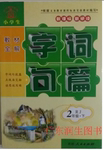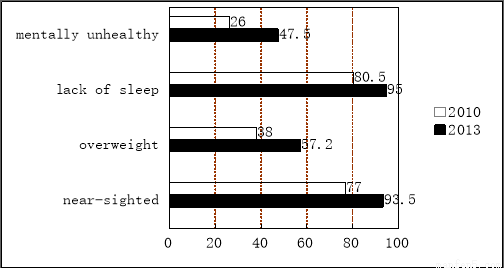题目内容
Space is where our future is — trips to the Moon, Mars and beyond. Most  people would think that aside from comets(彗
people would think that aside from comets(彗 星) and stars, there is little else out there. But, since our space journey started we have left so much trash(垃圾) there that scientists are now concerned that if we don't clean it up, we may all be in mortal (致命的)danger.
星) and stars, there is little else out there. But, since our space journey started we have left so much trash(垃圾) there that scientists are now concerned that if we don't clean it up, we may all be in mortal (致命的)danger.
The first piece of space junk was created in 1964, when the American satellite Vanguard I stopped operating and lost its connection with the ground center. However, since it kept orbiting around the Earth without any consequences, sc ientists became increasingly comfortable abandoning(抛弃) things that no longer served any useful purpose in space.
ientists became increasingly comfortable abandoning(抛弃) things that no longer served any useful purpose in space.
It is estimated (估计)that there are now over 500,000 pieces of man-made trash orbiting the Earth at speeds of up to 17,500 miles per hour. The junk varies from tiny pieces of paint chipped off rockets to cameras, huge fuel tanks, and even odd items like the million-dollar tool kit that astronaut Heidemarie Stefanyshyn Piper lost during a spacewalk.
The major p roblem with the space trash is that it may hit working satellites and damage traveling spacecraft(飞船). Moreover, pieces of junk may collide(碰撞) with each other and break into pieces which fall back to the Earth. To avoid this, scientists have invented several ways for clearing the sky. Ground stations have been built to monitor larger p
roblem with the space trash is that it may hit working satellites and damage traveling spacecraft(飞船). Moreover, pieces of junk may collide(碰撞) with each other and break into pieces which fall back to the Earth. To avoid this, scientists have invented several ways for clearing the sky. Ground stations have been built to monitor larger p ieces of space trash to prevent them from crashing into working satellites or space shuttles. Future plans include a cooperative effort among m
ieces of space trash to prevent them from crashing into working satellites or space shuttles. Future plans include a cooperative effort among m any nations to stop littering in space and to clean up the trash already there.
any nations to stop littering in space and to clean up the trash already there.
1.What was the first piece of man-made space trash?
A. A camera.B. A tool kit.
C. A fuel tank. D. A broken satellite.
2.Why were scientists NOT concerned about space trash in the beginning?
A. It no longer served any useful purpose.
B. It was millions of miles away from the Earth.
C. It did not cause any problems.
D. It was regarded as similar to comets and stars.
3. Which of the following statements is true about space junk?
A. It is huge, heavy machines.
B. It never changes position.
C. It floats slowly around the Earth.
D. It may cause problems for space shuttles.
4. What has been done about the space trash problem?
A, Scientists have cleaned up most of the trash.
B. Large pieces of space trash are being closely watched.
C. Many nations have worked together to stop polluting space.
D. Ground stations are built to help store the trash properly in space.
1.D
2.C
3.D
4.B
【解析】
试题分析:文章介绍了第一片人造太空垃圾是一个破碎的卫星,因为它没有造成任何问题,所以科学家最初并没有关心太空垃圾。随着太空垃圾越来越多,科学家意识到如果不及时清理太空垃圾,人类将面临危险。
1.
2.
3.
4.
考点:考查科普环保类阅读

 教材全解字词句篇系列答案
教材全解字词句篇系列答案 Sobbing, the boy asked the manager, “5.you please help me get 6.back into his wheelchair? He 7.(hurt), and he’s too heavy for me”.
Sobbing, the boy asked the manager, “5.you please help me get 6.back into his wheelchair? He 7.(hurt), and he’s too heavy for me”.
 并在该词下面写出修改后的词。
并在该词下面写出修改后的词。